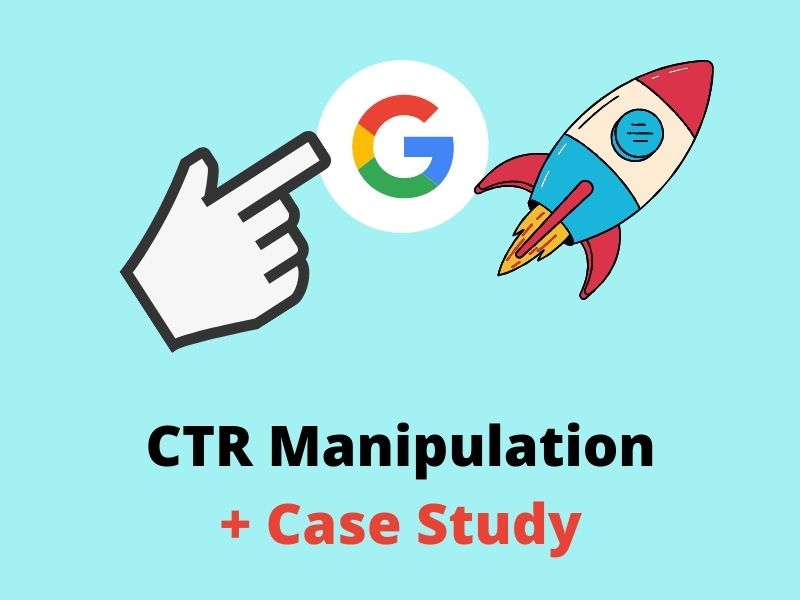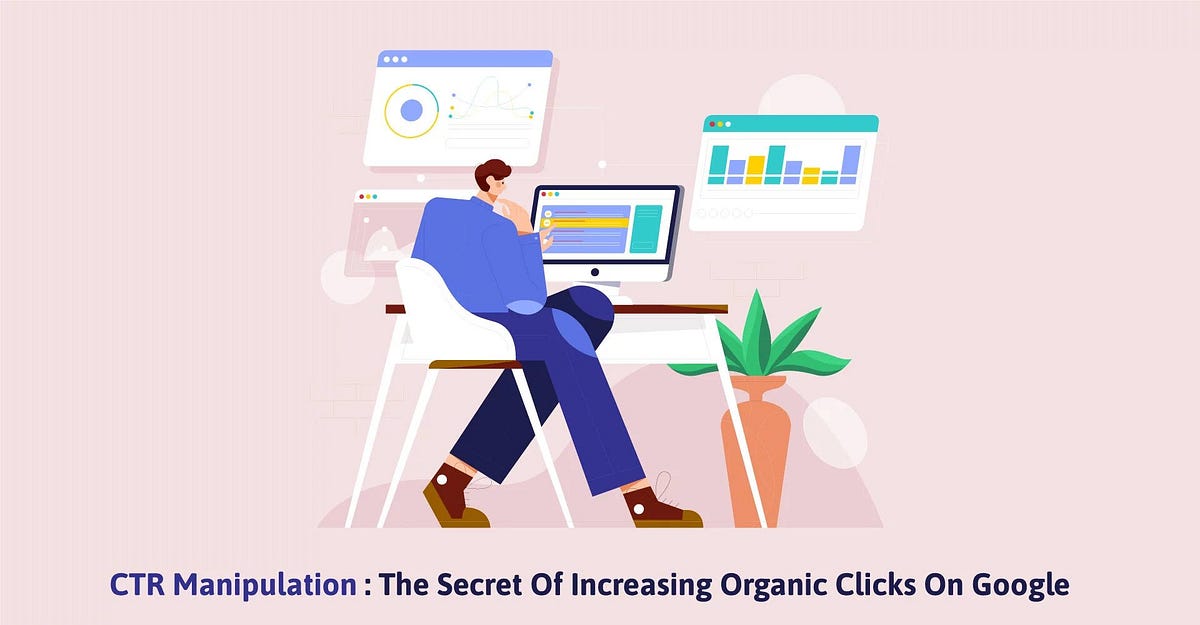Optimizing Your Click-Through Rate: Best Practices in CTR Control
Enhancing your Click-Through Price (CTR) requires a strategic approach that exceeds mere clicks. By diving into the nuances of individual actions and engagement metrics, one can reveal subtle yet impactful ways to maximize online web content. From crafting engaging meta summaries to performing rigorous A/B screening, each action in the direction of CTR adjustment plays an essential duty in forming customer communication and driving meaningful results. Stay tuned to find the detailed internet of methods that can raise your CTR performance and pave the way for boosted electronic visibility and involvement.
Recognizing CTR Metrics
To grasp the significance of Click-Through Rate (CTR) metrics, one have to look into the fundamental indicators that measure user interaction with on the internet content (CTR Manipulation). CTR is a crucial metric in electronic advertising and marketing that measures the percent of customers who click a particular link, advertisement, or call-to-action. Recognizing CTR metrics provides beneficial understandings into the efficiency of on the internet campaigns, assisting organizations fine-tune their approaches for much better interaction and conversion rates

Crafting Engaging Meta Summaries
Crafting compelling meta descriptions plays an important role in catching user attention and boosting click-through prices for on-line web content. Meta descriptions are HTML associates that provide succinct summaries of website content. When customers carry out on the internet searches, meta summaries appear below the web page title in internet search engine results. A well-crafted meta description should be useful, appealing, and relevant to the page's material, attracting individuals to click via to the web site.
To develop compelling meta descriptions, it is essential to maintain them in between 150-160 personalities to guarantee they present appropriately in search results page. Consisting of pertinent search phrases in the meta summary can additionally assist boost exposure and draw in the target audience. Furthermore, integrating a call-to-action within the meta description can motivate users to act, such as clicking on the link to find out even more or explore a service or product.

Using Involving Call-to-Actions
Utilizing interesting call-to-actions in meta summaries is a tactical method to motivate official site user communication and drive click-through rates for online material. A call-to-action (CTA) is a prompt that urges the reader to take a specific action, such as clicking on a link, downloading a source, or buying. When crafting meta summaries, incorporating a compelling CTA can considerably impact the user's decision to click on the web link and involve with the content.
To produce an efficient CTA in a meta summary, it's vital to be clear, succinct, and action-oriented. Usage strong verbs that motivate activity, such as "discover," "check out," "find out," or "obtain." Additionally, developing a feeling of necessity or highlighting the value suggestion can even more lure customers to click via. Phrases like "Limited time offer - Store currently!" or "Unlock special content today" can drive curiosity and punctual immediate engagement.
A/B Evaluating for Optimization
Executing A/B screening is a crucial approach for maximizing click-through prices and refining online content strategies. A/B testing includes creating 2 variations of a web ad, page, or email - one being the control and the other the variant. These versions are after that revealed to different sections of your target market to determine which does better in regards to click-through prices. CTR Manipulation. By contrasting the results of the 2 variations, marketing professionals can get valuable understandings into what elements are reverberating with their target market and driving higher involvement.
Through this repetitive process of testing and refining, services can continually enhance their material to maximize click-through prices and eventually drive conversions. By leveraging A/B testing efficiently, organizations can make informed decisions that lead to boosted click-through rates and total performance.
Leveraging Rich Fragments
Abundant bits supply a valuable opportunity for websites to improve their presence in online search engine results web pages. These structured data markup layouts provide users with a quick sneak peek of what they can expect to find on a website, including information like Find Out More rankings, prices, and accessibility. By incorporating abundant fragments right into their web content, website owners can boost the chance of drawing in clicks from customers who are looking for specific details or items.

Final Thought
In final thought, maximizing click-through price entails recognizing metrics, crafting compelling meta summaries, utilizing engaging call-to-actions, conducting A/B screening, and leveraging rich fragments. By executing these finest practices, organizations can improve user interaction, drive inquisitiveness, and increase natural web traffic.
From crafting engaging meta summaries to carrying out strenuous A/B screening, each action in the direction of CTR manipulation plays an essential role in shaping individual interaction and driving meaningful results.Crafting engaging meta descriptions plays a crucial function in catching user focus and enhancing click-through rates for online web content.Using engaging call-to-actions in meta summaries is a strategic approach to trigger user interaction and drive click-through prices for online material. When crafting meta descriptions, integrating an engaging CTA can considerably affect the individual's decision to click on the link and engage with the web content.
In addition, abundant bits can enhance the individual experience by providing quick insights right into the significance and trustworthiness of a page, aiding customers make even more educated choices regarding which search results to check out additionally.
Comments on “How CTR Manipulation Service Can Increase Your Online Presence and Click-Through Rates”